Many people feel that they can handle pest control issues on their own, instead of using a professional pest control service. While we don’t encourage tackling difficult pest problems without an expert, we know there are some homeowners who want to try taking care of it on their own. Do-it-yourself pest control can come with a number of pitfalls, though, and we want you to be as safe as possible; mistakes can create an unsafe environment, fail to resolve the pest issue, waste money, or even cause injury.
Here are 5 common DIY pest control mistakes we often encounter:
1 – “Green” or “All-Natural” Does Not Mean Non-Toxic
A very common misconception people have about “All-Natural” or “Green” products is that they are all safer or less toxic than standard pesticides. There are two things you should remember when considering All-Natural materials: First, if a product is killing pests, then it is toxic. Second, if a product is being used to kill pests, then it should be automatically considered unsafe.
The terms All-Natural and Green have become big marketing ploys. Never assume something is safe for use around your home just because it is labeled as All-Natural or Green. Many All-Natural products can be just as dangerous as standard pesticides; they are often extremely aromatic, and less effective.
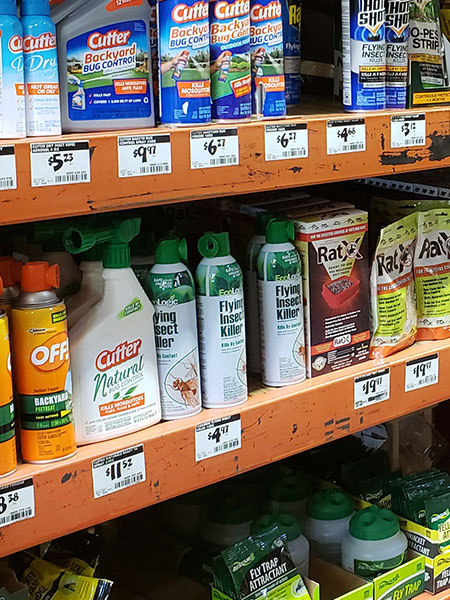
There are many highly-effective, low-odor materials that have the same benefits of All-Natural products with fewer disadvantages. You may want to consider all of your options.
2 – Using a “Bug Bomb” as a Fix-It-All Solution
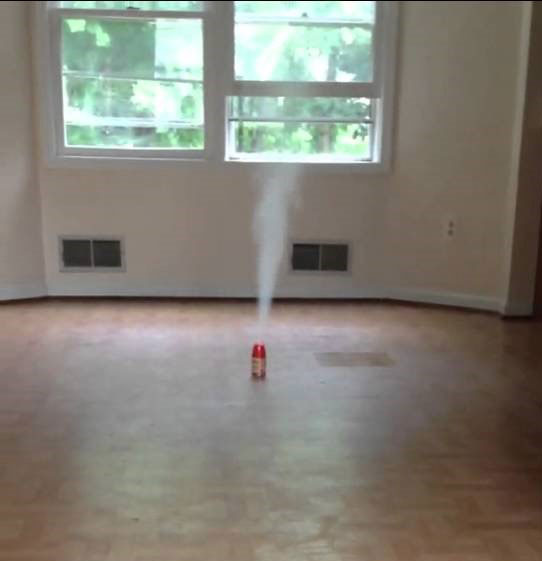
“Bug Bombs” (or “Foggers”) are those little aerosol cans you can place in the middle of the room (and run quickly away from) to propel insecticide materials throughout the room. These devices are often very ineffective, and can even be somewhat dangerous. Bug Bombs will often leave chemical residues in sensitive areas where chemicals should not be applied, such as on pillows, counter tops, or clothes.
The other major downside is that many of the insects these devices are designed to target live, feed, and breed in areas the chemical propellant will never reach, such as inside a mattress box-spring, behind a dresser, or inside a wall void. The residual of these materials also tends to breaks down rather quickly, because it is sprayed on top of everything in the room. In the end, it’s not an effective solution to most pest issues.
3 – Buying an Ultrasonic Pest Repellent
You’ve all seen the ad for that little white box you plug into the wall that repels insects and rodents. Despite what the ad says, and how many positive reviews and testimonials there are, these products are not effective pest control devices. The device seems scientific and logical, but in reality, there is no definitive science behind the effectiveness of these devices, and commercially-available devices are incapable of providing complete or lasting results. Insects and rodents are highly adaptive to their environment; they can live and thrive in conditions people would find unbearable, and will easily adapt to this type of device within days of its activation.
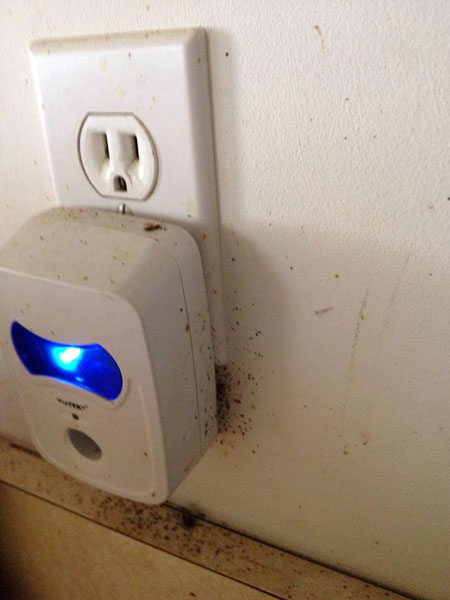
As you can see in this picture, the roaches have taken to living right behind the Ultrasonic device. There is enough half-baked research behind the concept to make them legal to sell; however, the results have proven for over a decade that these devices are not an effective tool for pest control. We see it all too often where roaches, mice, spiders, and other pests are living directly in, on, or around these devices.
4 – Considering Safety Equipment to be Optional
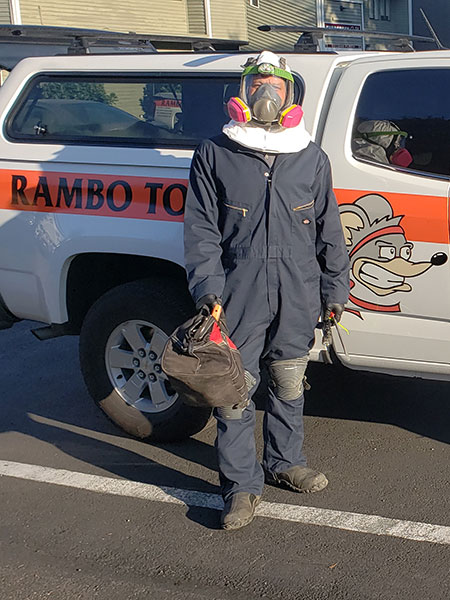
A common misconception about products purchased online or over-the-counter is that they are perfectly safe to use. It’s easy to become impulsive with pesticides. You want that pest gone right now! It becomes easy to just grab that aerosol can and spray that bug away, but there are precautions that you need to take before and after each use.
Almost all commercially available pesticides require that the user wash their hands after each use. Other products, like Ortho, require the use of a respirator, and most of them suggest the use of waterproof gloves or eye protection.
Unintended exposure to pesticides is always a bad thing. Your safety, the safety of those around you, and the safety of the environment should be a primary concern any time you are handling pesticides.
5 – Not Reading the Instructions on a Pesticide
The directions for any pesticide will have a number of limitations written on the label.
This can include:
- Where the product can be used
- How much of the product can be used
- What pests it can be used against
- How it should be stored
- How long it will be effective
- When it can be safely applied again
- What safety equipment should be used by the applicator
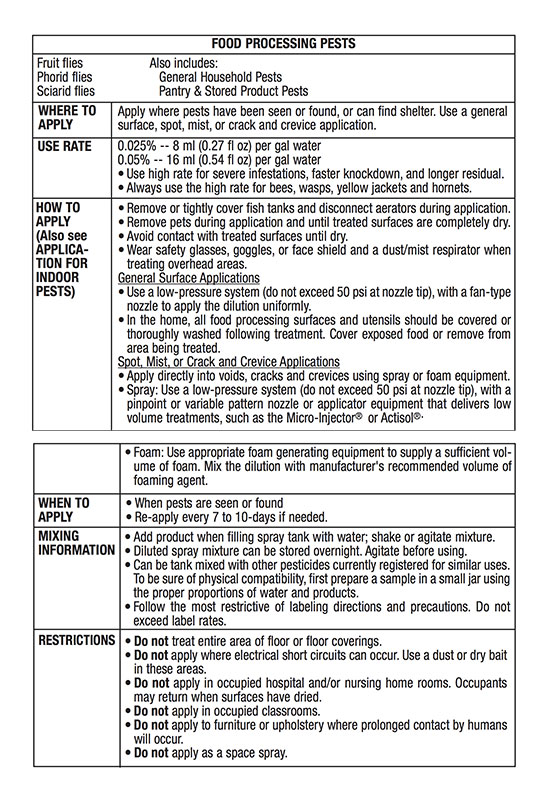
This is just the tip of the iceberg when it comes to all of the information provided on the label. Like Ikea furniture, it’s tempting to throw out the directions and figure it out on your own, but those actions can have dire consequences.
Failure to follow the labeled directions can result in poisoning yourself, other people, pets, and/or wildlife. It can cause a wide variety of short- and long-term health issues, such as, allergy-like symptoms, asthma, eye and skin irritation, or headaches. There are also negative environmental aspects of misuse, and using the product incorrectly can also result in the treatment being ineffective. More is not always better when it comes to pest control; the labeled directions are critical for safety and the overall effectiveness of the product. The label is a federally mandated legal document, and should be followed at all times.

